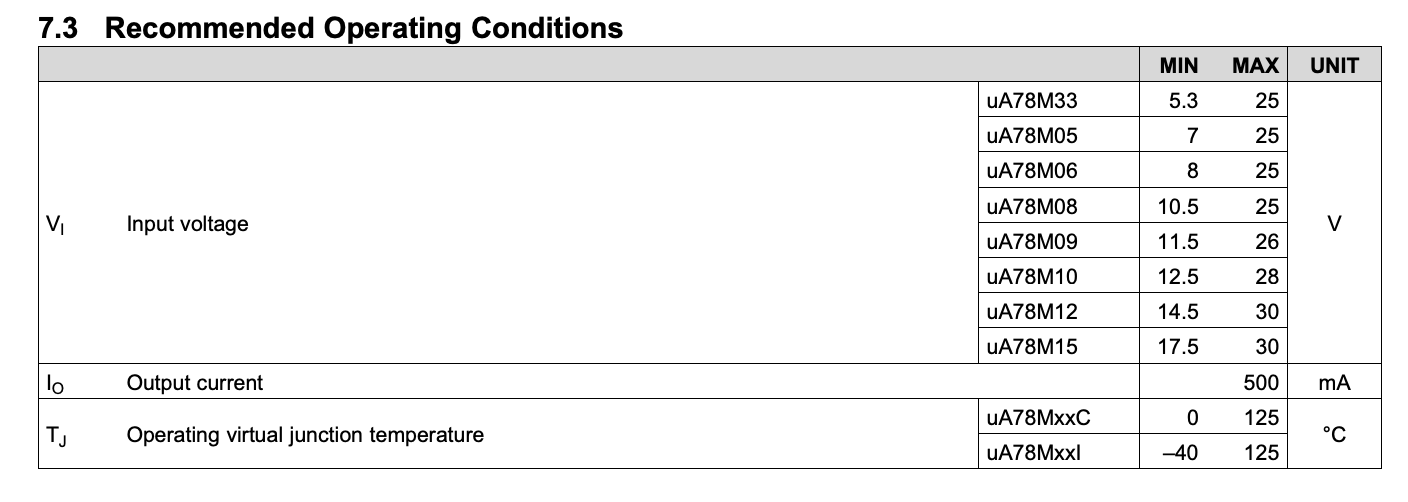Other Parts Discussed in Thread: TPS7A83A, TPS7A90, UA78
Device: uA78M05IDCYR
Vin: 22V
Vout: 5V
Iout:50mA
Problem Description: When Input voltage is up to 22V with 50mA(ambient Temp is 25degree), the output voltage becomes abnormal and eventually dropping down to 0V. Why?
In the d/s, it says the there is coming with Internal Thermal-Overload protection. What's the triggered conditions? What's the max. power rating on chip?
Please see the tested waveform here.
Please help on this problem. thanks.









